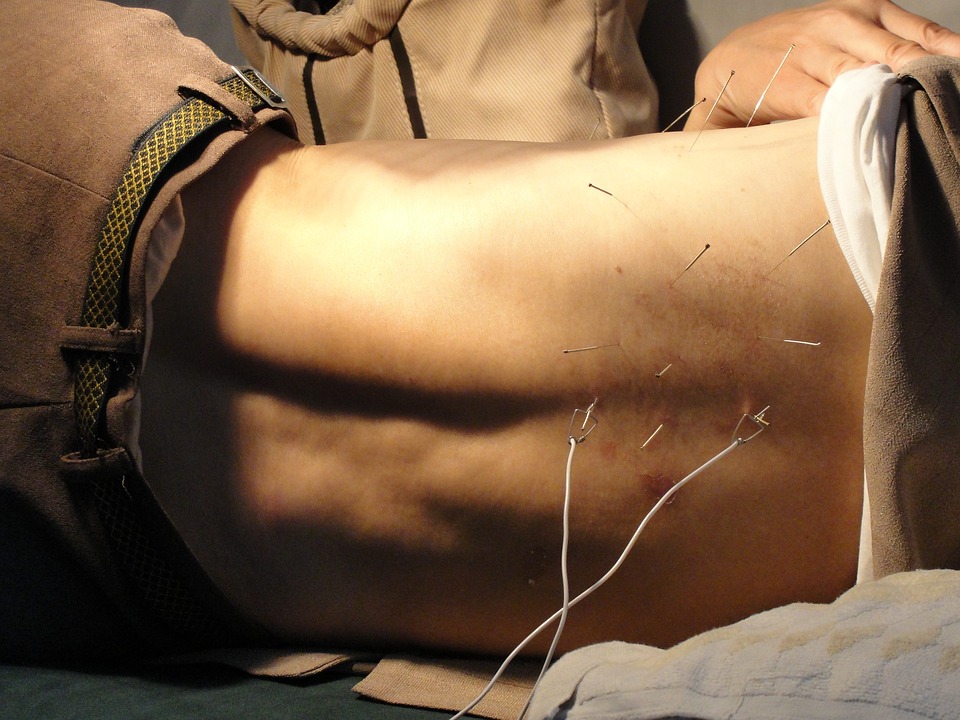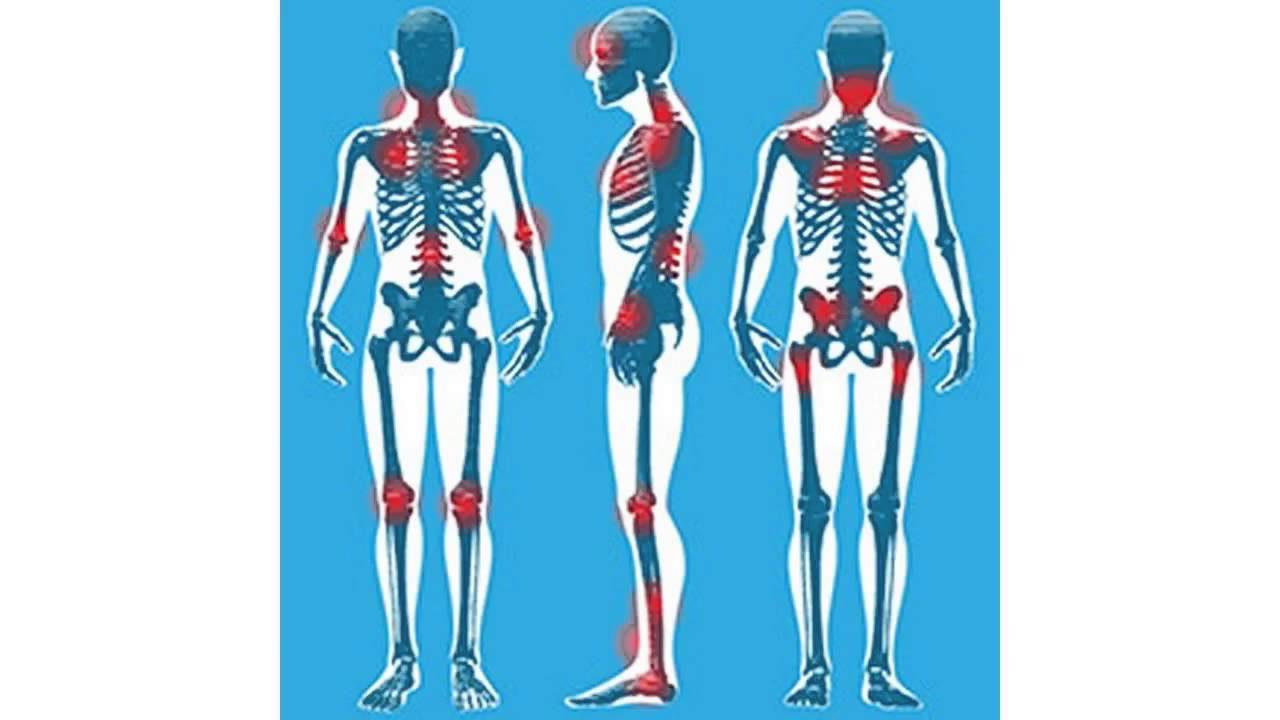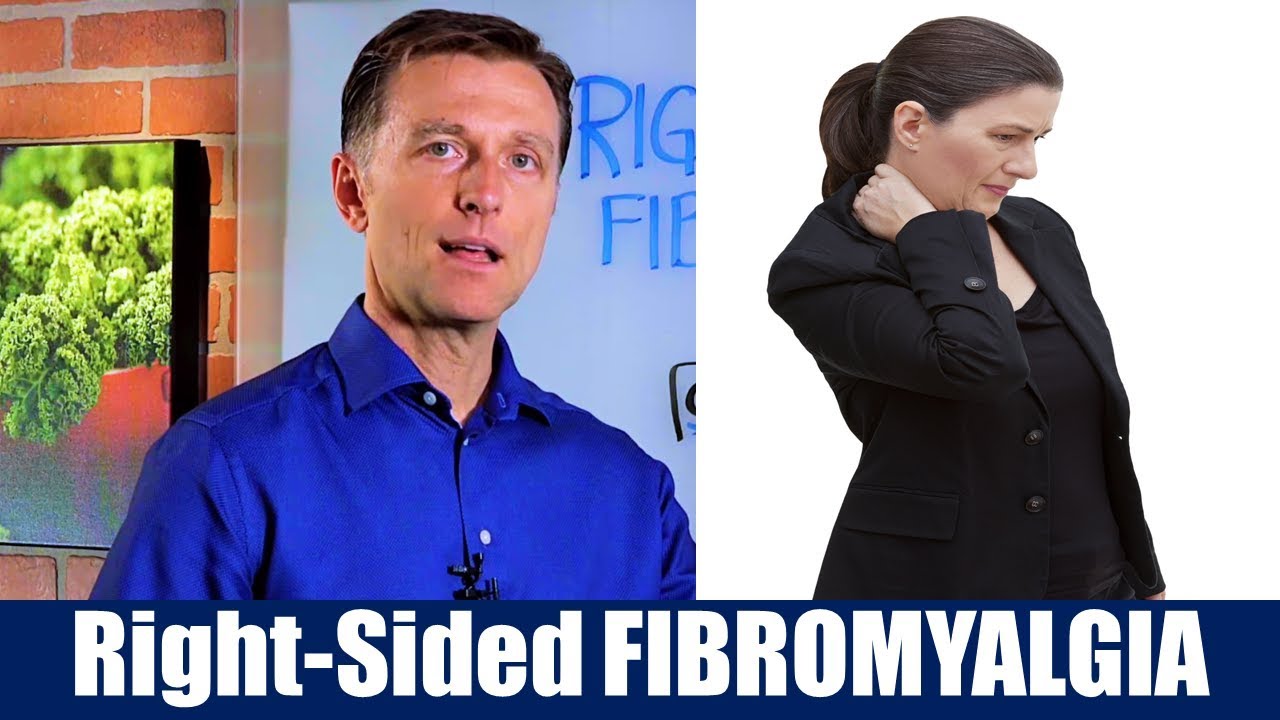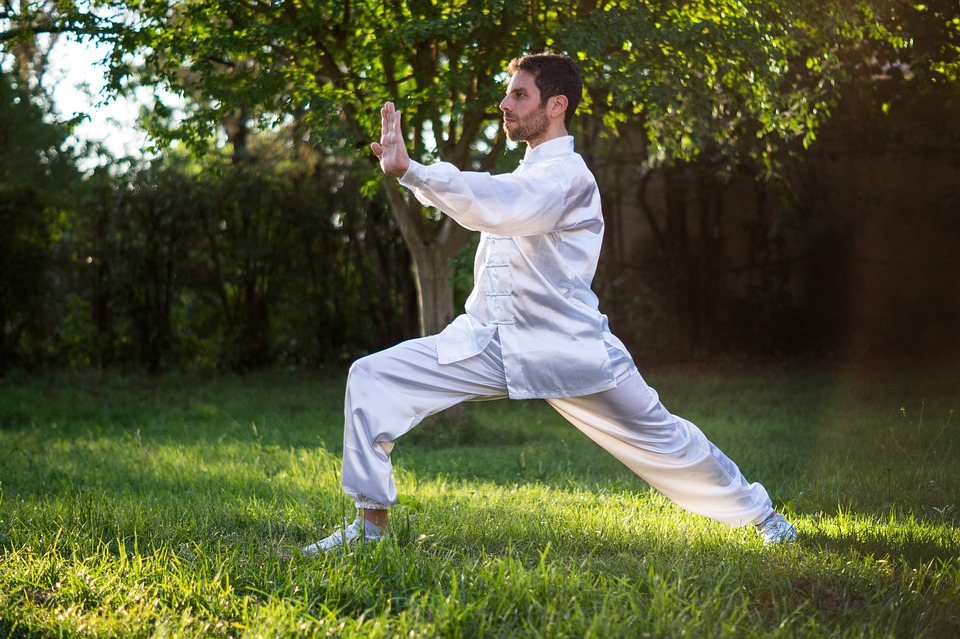
Acupuncture and Fibromyalgia
Tailored acupuncture lessens pain intensity in chronic pain (fibromyalgia)
And improves functional capacity and quality of life; effects still evident a year later
Nine weekly sessions of individually tailored acupuncture lessen perceived pain intensity, and improve functional capacity and quality of life, in people with the chronic pain condition, fibromyalgia, finds research published online in Acupuncture in Medicine.
The beneficial effects were still evident a year later, the findings show.
Fibromyalgia is primarily characterised by chronic widespread pain that is associated with fatigue, disordered sleep patterns, and/or depression. It affects up to one in 20 people.
The evidence suggests that 90% of people who have fibromyalgia try some form of complementary therapy, including massage, hydrotherapy, and acupuncture. But most of the data on the pros and cons of acupuncture to alleviate symptoms have been based on clinical trials of standard, rather than individually tailored, treatment.
In a bid to find out if a personalised approach would make a difference, the researchers compared individually tailored acupuncture treatment with sham treatment in 153 adults, all of whom had been diagnosed with fibromyalgia, according to diagnostic criteria set out by the American College of Rheumatology. Both the real and simulated treatments, to which participants were randomly assigned, were provided in nine weekly sessions, each lasting 20 minutes.
Participants continued to take the usual drugs they had been prescribed to alleviate symptoms (painkillers and antidepressants). To evaluate the impact of both approaches, participants were asked about perceived levels of pain, depression, and health related quality of life (physical and mental), using validated scoring systems before treatment began, and then again 10 weeks, 6 months, and 12 months afterwards.
They were also asked about changes in the overall impact of their condition, as measured by the Fibromyalgia Impact Questionnaire, or FIQ for short, at 10 weeks, 6 and 12 months. Analysis of the results showed that after 10 weeks, perceived pain intensity was lower among those given real acupuncture. Their pain scores had dropped by an average of 41%, compared with an average of 27% for those given the simulated treatment. Significant differences persisted after a year, with an average fall of 20% in the pain score among those treated with the real thing compared with just over 6% for those given the simulated treatment. FIQ scores also differed significantly between the two groups at all three time points, with reductions of 35%, 25%, and just over 22% for those given tailored acupuncture compared with 24.5%, just over 11%, and 5%, for those given simulated acupuncture.
Other aspects of pain intensity, including pressure pain threshold and the number of tender points also improved significantly more in the group given real acupuncture after 10 weeks, as did measures of fatigue, anxiety, and depression. These differences were also evident after a year, although the researchers caution that participants were using higher levels of antidepressants after a year, which may have artificially inflated the positive outcomes. Side effects were few and mild, prompting the researchers to suggest that tailored acupuncture may be a viable treatment for fibromyalgia.
“This treatment produced an improvement in the participants’ condition, reflected by a reduction in pain intensity and enhanced functional capacity and quality of life after the intervention and during the follow up period,” they write. “Such an outcome has not been reported by previous studies following the application of standardised treatments: therefore, our results suggest that applying individualised treatment algorithms when starting a course of acupuncture may be important,” they conclude.




